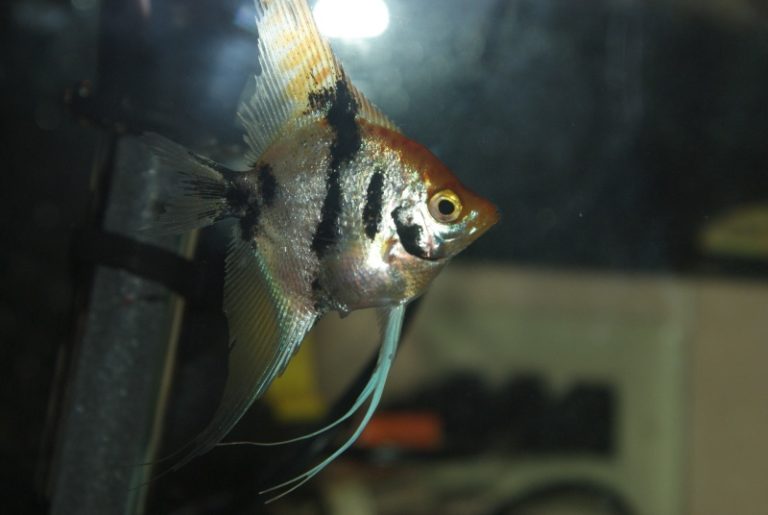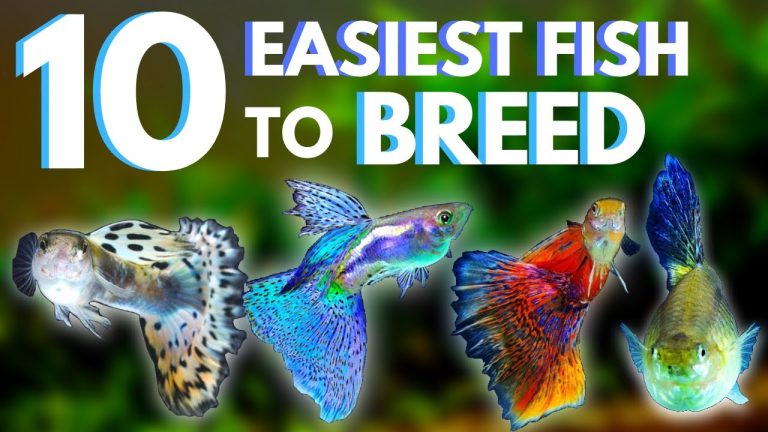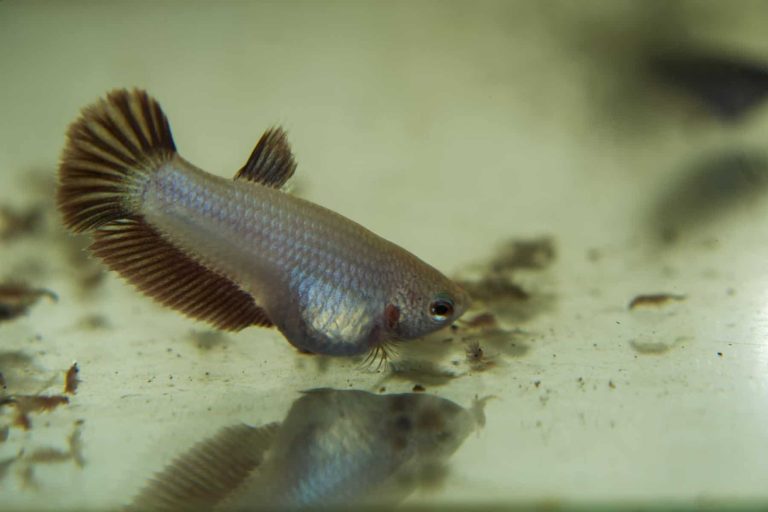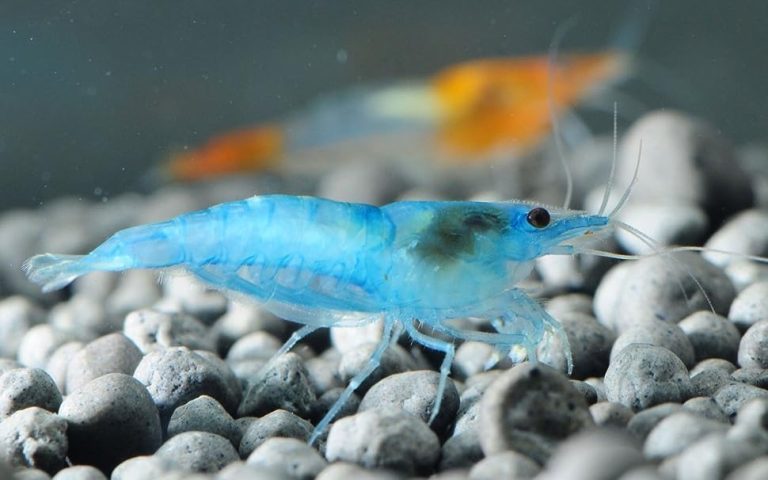Can Crabs Live With Betta Fish
**Can Crabs Live with Betta Fish?**
Are you considering adding a pet crab to your existing betta fish tank? It’s important to do your research before introducing any new aquatic creatures to your tank. While both crabs and betta fish can make fascinating additions to any aquarium, it’s crucial to consider compatibility and the well-being of your fish and crab. In this article, we will explore the topic of whether crabs can live with betta fish, providing you with important insights, considerations, and guidance for creating a harmonious aquarium environment.
**Understanding the Nature of Betta Fish**
Betta fish, also known as Siamese fighting fish, are known for their vibrant colors and elaborate fins. These fish are native to the shallow waters of Thailand and Cambodia, and their natural habitat consists of slow-moving or still waters such as rice paddies, ponds, and even flooded fields.
Betta fish are known to be territorial and aggressive, especially towards males of the same species. They use their colorful fins to display dominance and defend their territory. Male betta fish, in particular, are prone to aggression and may engage in fights if kept in close proximity to each other.
**Considerations for Housing Betta Fish with Crabs**
Before considering adding crabs to a betta fish tank, it’s important to understand the specific requirements and compatibility of these two species.
1. **Tank Size:** Both crabs and betta fish require specific tank sizes to thrive. For betta fish, a minimum tank size of at least 5 gallons is recommended to provide adequate swimming space and minimize stress. Crabs, on the other hand, require a tank size of 10 gallons or more to accommodate their need for land as well as water.
2. **Water Quality and Temperature:** Betta fish thrive in warm water temperatures between 78-82°F (25-28°C) and require a well-filtered and oxygenated environment. Crabs, on the other hand, are more adaptable to changes in water temperature and can tolerate a wider range.
3. **Compatibility:** When it comes to betta fish, it’s important to consider their aggressive nature. They may perceive crabs as a threat, especially if they encroach on their territorial space or display any sudden movements. Betta fish are known to have long, flowing fins that may entice the curiosity of crabs, which could result in nipping or even injury to the fish.
4. **Feeding Habits:** Bettas are carnivorous and require a diet of high-quality betta pellets or flakes supplemented with occasional live or frozen foods. Crabs, on the other hand, are scavengers and will eat almost anything, including fish food. However, it’s important to ensure that both species receive the appropriate nutrition without any aggressive competition for food.
**Potential Risks and Considerations**
While it is possible for crabs and bettas to coexist in the same tank under the right circumstances, there are several risks and considerations to keep in mind:
1. **Aggression:** Betta fish are known to be territorial, especially males, and can display aggressive behavior towards other tankmates. The presence of crabs could trigger aggression and stress in bettas, leading to fights and potential injuries.
2. **Compatibility with Tank Mates:** Apart from crabs, other tank mates may also have compatibility issues with betta fish. It’s important to research the specific needs and behaviors of other fish or invertebrates before introducing them into the same tank as your betta.
3. **Space and Hiding Spots:** Crabs require both land and water portions in their tank, while betta fish prefer larger spaces with plenty of hiding spots. Ensuring that your tank is appropriately sized and designed with ample hiding places will help reduce stress and potential conflicts.
4. **Water Conditions:** Different species have varying water temperature and quality requirements. Ensuring that your tank provides suitable parameters for both crabs and bettas is crucial for their well-being.
**Creating a Harmonious Environment**
If you decide to house crabs with your betta fish, it’s important to create a harmonious environment to minimize conflicts and maximize their well-being. Here are some tips for achieving this:
1. **Separate Spaces:** Providing both a land and water area within the tank will allow crabs to stay out of the betta’s territory while still being visible and entertaining to watch.
2. **Adequate Hiding Spots:** Adding plants, rocks, or caves will provide hiding spots for both crabs and betta fish, reducing stress and providing a sense of security.
3. **Tank Placement:** Placing the tank in a quiet area of your home will minimize external disturbances and help keep stress levels low.
4. **Monitor Interactions:** Regularly observe the behavior of both the crabs and betta fish to ensure there are no signs of aggression or stress. If conflicts arise, consider separating the individuals to prevent injuries.
**Frequently Asked Questions**
Frequently Asked Questions
Can crabs harm betta fish?
While it’s possible for crabs to harm betta fish, the likelihood depends on several factors. Aggressive crab species may view bettas as potential prey, while bettas may perceive crabs as a territorial threat. It’s crucial to monitor their interactions closely.
What types of crabs are compatible with betta fish?
If you decide to introduce crabs into a betta fish tank, it’s essential to choose peaceful and smaller species that are less likely to cause harm. Some examples include Thai micro crabs and freshwater ghost crabs.
What signs indicate stress or aggression in betta fish?
Stressed or aggressive betta fish may display the following signs: flaring their gills and fins, chasing or attacking other tankmates, clamping their fins, loss of appetite, or hiding in corners. If these signs persist, it might be an indication of an unsuitable tank environment.
Final Thoughts
Introducing crabs to a betta fish tank can be an interesting and rewarding experience if done with careful consideration and planning. However, it’s crucial to prioritize the safety and well-being of both species. Monitoring their interactions closely, providing appropriate hiding spots, and ensuring suitable tank conditions are key to creating a harmonious environment. Remember, each fish and crab has its own unique personality, so results may vary. If in doubt, consult with an aquatic specialist or veterinarian for personalized advice to ensure the best outcome for your aquatic pets.






